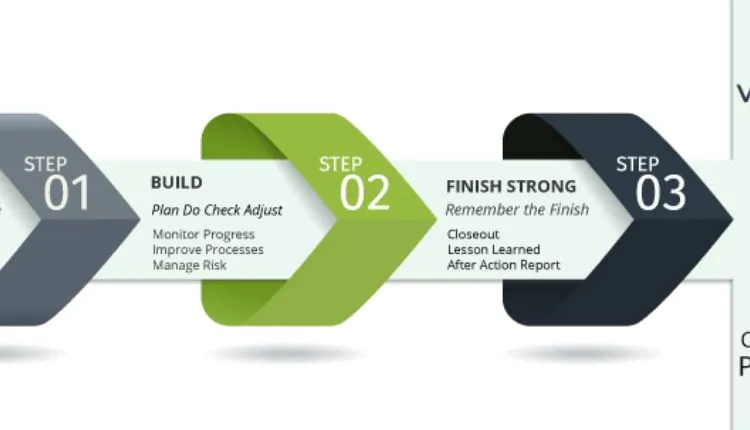
The Benefits Of Construction Partnering
Construction Partnering is the process of having one company provide construction services to another company. It can be either for a short term project or a long term relationship. When the two companies work together, they are able to achieve the objectives of the project by focusing on the same objectives. However, there are a few challenges that are faced during the implementation of the project. If the issues are addressed in a timely manner, then the project can be successfully implemented.
It Is A Proactive Process Used To Overcome Adversarial Relationships
Construction Partnering is a process that is designed to optimize the value of each party’s resources while ensuring the successful completion of a project. This involves bringing divergent organizations together to create a collaborative project team that is dedicated to delivering the best outcome.
There are several key concepts involved in the partnering process. Among the key components is a shared vision of the future. In order to achieve this, each party must be willing to sacrifice a portion of its resources, time, and energy. The process also has to be iterative and scalable. It can be implemented during the project’s early stages, such as the conceptualization phase, as well as throughout its lifecycle.
An important element of the partnering process is the establishment of an enduring sense of mutual trust. When the trust is missing, quality suffers and costs rise. Likewise, disputes, litigation, and other adversarial entanglements can result. By creating a sense of belonging and a win-win mentality, partnering provides a more sustainable and productive project environment.
It Can Be A One-Off Project Or A Long-Term Relationship
Construction Partnering is a collaboration management concept in the construction industry that helps parties to resolve disputes, anticipate problems and achieve optimal project delivery. This approach involves a formal process for managing relationships, based on a team-based approach to project planning and implementation. Partnering is an effective way to reduce conflicts and build goodwill between partners. By integrating key players, partnering builds a culture of continuous improvement that goes hand-in-hand with overall project success.
The term ‘partner’ was first used in the early 1980s in the United States. The term has since gained ground in the construction industry, although the term does not have a legal meaning. Partners are any individual or group involved in the planning or execution of a construction project. They may include Main Contractors, Project Managers, Specialist Subcontractors, Architects and others.
Depending on the type of project, the partnering approach can be one-off or long-term. One-off projects are usually completed on a single contract, while long-term relationships are negotiated over a number of projects.
It Can Lead To Sub-Standard Products
Construction partnering is a set of negotiating and contracting methods designed to enhance collaborative working relationships. The aim is to improve project delivery by making it more efficient. In the construction industry, partnering is commonly used to overcome contract disputes, ensure quality standards are met and reduce costs. As well as improving collaboration across the project team, it can also improve communication and help make sure procedures are optimised. However, in practice, many contractors fail to implement the methods.
For example, a client may wish to partner with certain members of the design team. But this is unlikely to be successful if there are no trusting or open communications between the teams. Alternatively, the client may see a large project as too large for one contractor. If this happens, it might be wise to consider a joint venture. Another way of understanding Construction Partnering is to look at it from an activity theory perspective. This approach focuses on technological and cultural mediation as well as the historical emergent factors that shape the nature of collaborative working relationships.
It Involves The Entire supply Chain
Construction Partnering is an approach to organising the entire supply chain of a project. It aims to improve the value added outcome of the project. By reducing contractual barriers, it ensures that all parties are satisfied with the work. The approach has been adopted by private and public project owners and can be implemented across all industries.
The concept of partnering has its roots in the United States. In the late 1980s, the US Army Corps of Engineers began piloting the process on two construction projects. This process improved relationships between the project team, reduced the cost of contract disputes and improved communications.
Partnering has become increasingly common in the construction industry. Many contractors are now engaging in partnering with owners. These organizations are often referred to as Joint Ventures. To implement partnering strategies, you should begin at the earliest stages of a project. There are several ways to achieve a successful partnering strategy.
Conclusion
Thus, construction partnership is a proactive approach to problem solving. Its focus is on building trusting relationships and preventing misunderstandings. This helps reduce delays and potentially reduce costs. I think it will be useful in your daily life




